Want to build healthy soil without the huge expense of trucking in a boatload of organically amended soil? The good news is that amending your soil is not only less expensive but it’s also easier to do and eco-friendly! For ages, gardeners, farmers, and permaculturists have been using organic soil amendments that create a better foundation for plants. It’s simple to do in your home garden and this post will share a few of the easiest and most accessible ways to feed your soil.
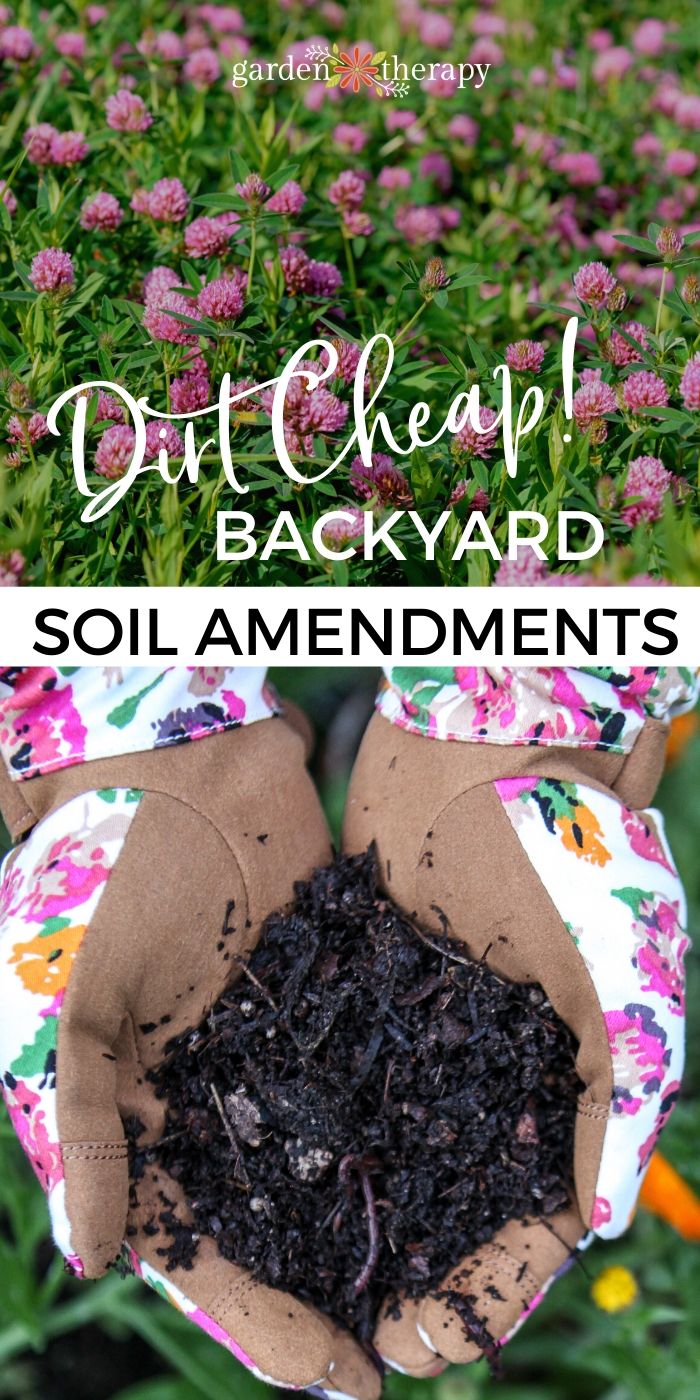
In my recent book, Garden Alchemy, I dedicate many pages to building soil fertility, composting, and explaining the different soil amendments. I even cover the different uses and N-P-K of animal manure. That information is all there for you if you are interested in getting deep into your soil and building it up with organic amendments!
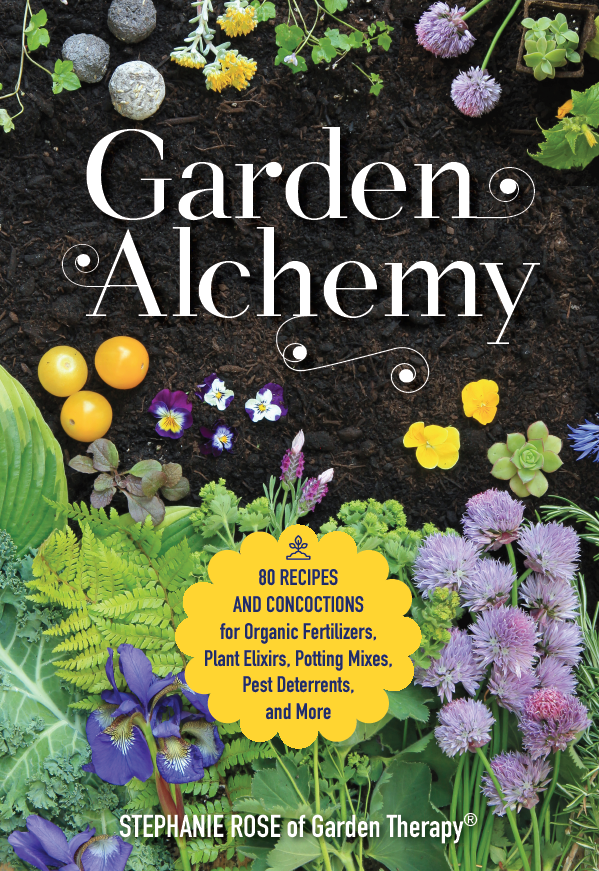
The Best Dirt Cheap Organic Soil Amendments
For today, I wanted to cover just a few soil amendments that you can find in your backyard for free or dirt cheap. For that, I have partnered up with another soil book author, Elizabeth Murphy who wrote the book Building Soil: A Down-to-Earth Approach: Natural Solutions for Better Gardens & Yards.
Elizabeth Murphy is a soil scientist and author. She shares her experience as an agricultural extension agent, soil science researcher, and passionate gardener to help people bring soils to life.
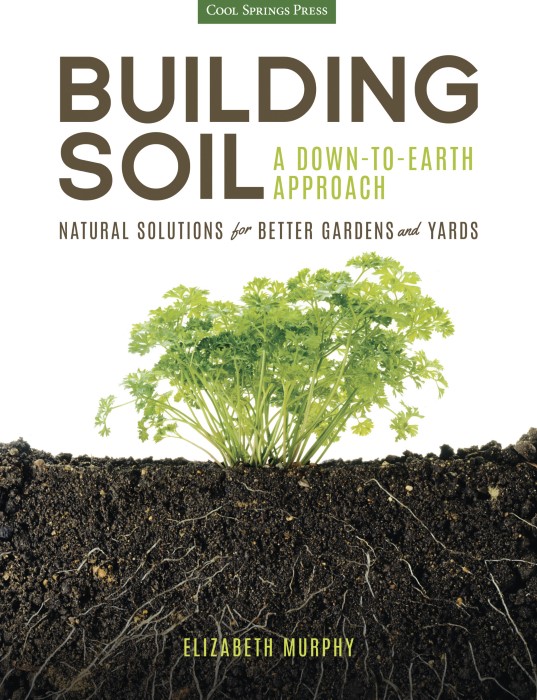
Quotes used throughout are excerpted from Garden Alchemy: 80 Recipes and Concoctions for Organic Fertilizers, Plant Elixirs, Potting Mixes, Pest Deterrents, and More by me (Stephanie Rose) as well as Building Soil: A Down-to-Earth Approach: Natural Solutions for Better Gardens & Yard © by Elizabeth Murphy. Used with permission.
Why We Need to Feed Our Soil
When plants look healthy robust and green, it is a reflection of the soil. The soil below is much more than just the foundation that holds plants in place, it’s a living set of organisms that self-regulates, as long as we give it what it needs.
When I do my talks on Garden Alchemy, one of the first things I describe is how to do a soil composition test in a mason jar. The test is easy to do, just add garden soil and water to the jar, shake it, then let it settle.
After 24 hours, you will clearly see the percentages of sand, silt, and clay particles so you know what your primary soil composition type is.
As interesting as that is to know, the very next thing I say is that the remedy to bring your garden compositing into balance, is to amend it with organic matter. The amount does vary slightly if you have sandy soil vs clay soil, but really, if you added a bunch of soil amendments it would certainly balance out over time.
The soil food web that lives in the soil will eat what they need and leave what they don’t, breaking it down to balance out their homeland.
Amazing, right?
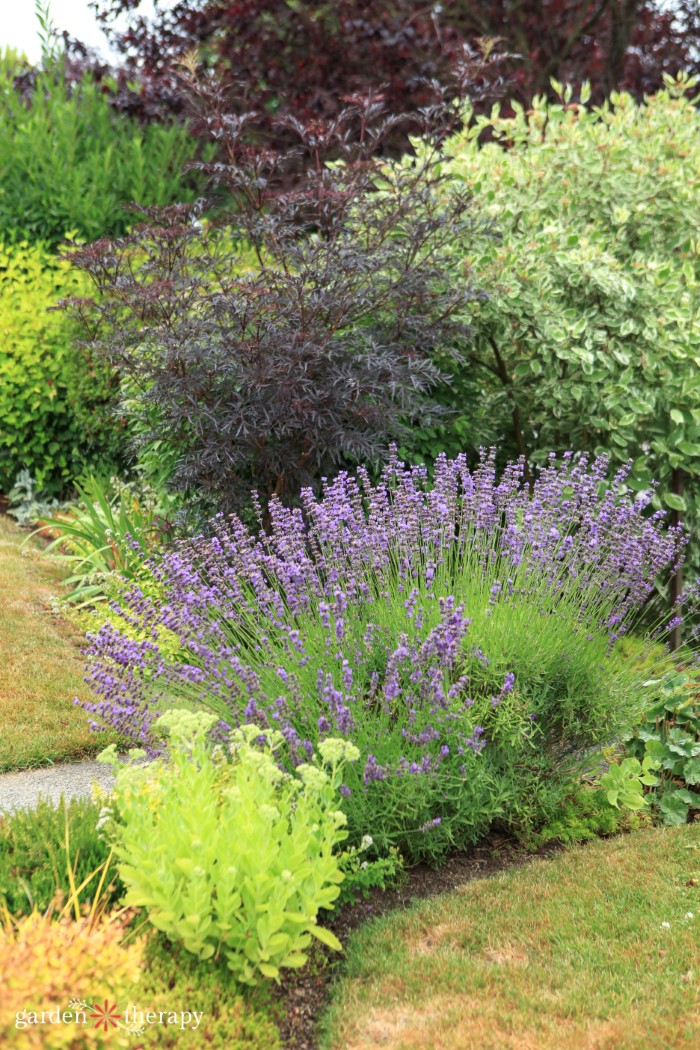
What Are Soil Amendments?
From Garden Alchemy, “Soil amendments are materials that can be added to the soil to amend its structure, pH, and available nutrients. Soil conditioners are an amendment that is primarily added to modify the soil structure creating space for air, water, and roots. Fertilizers primarily supply nutrients to support plant growth and feed the soil’s microorganisms.
In many cases, soil amendments serve both as a soil conditioner and fertilizer. For instance, adding compost and mulch as a top dressing to gardens each year is a great way to continue to build healthy soil by adding in organic material that aerates the soil, holds on to moisture, and contains nutrients.
If however, after working to build the soil, your plants are not performing well in the garden or if there are excessive pest or disease problems, there are other natural materials that can be beneficial for the soil.”
In short, soil amendments are organic materials from the earth that are added back to the soil to feed to organisms and improve the nutrients and structure. The fantastic news is that most backyards provide a wealth of free soil amendments!
According to Elizabeth, “Adding kitchen scraps, yard trimmings, and garden plants directly to garden soils feeds microbes and transforms neighborhood ‘waste’ into food for your family and community.”
5 Types of Amendments From Your Backyard
Here are the five most common types of soil amendments that will nourish your garden and give it a healthy place to grow. In fact, you can amend your soil for free or cheap with common materials that you’ll find right in your backyard.
This is an inexpensive and eco-friendly way to build soil without buying new soil or using fertilizer!
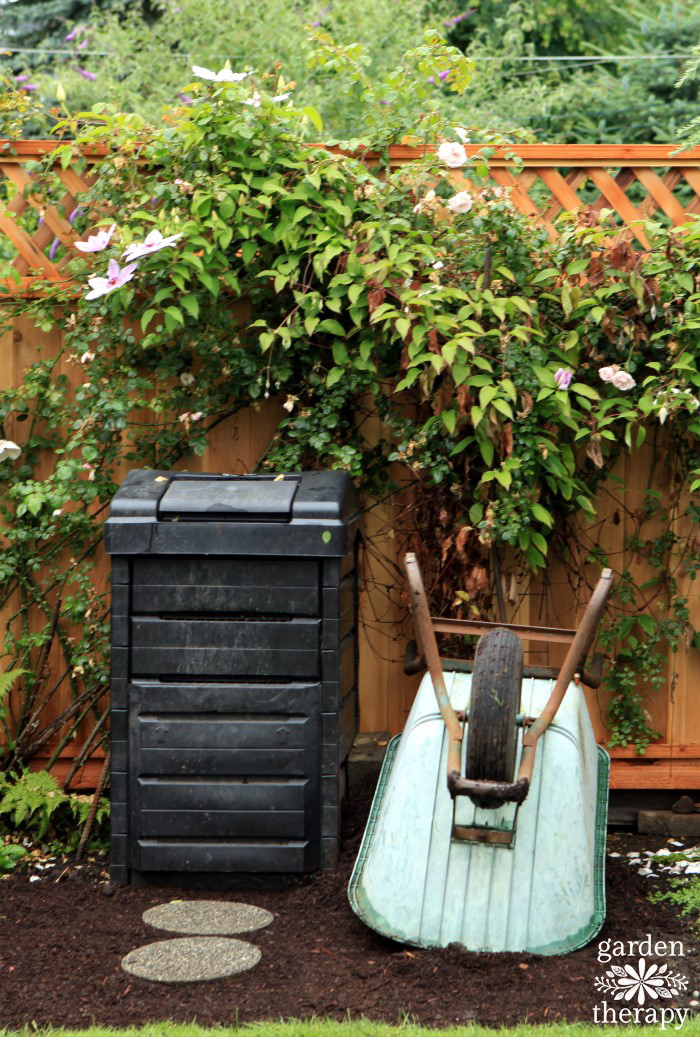
1. Compost
You’ve heard me shouting from the rooftops many times- compost is garden gold! The organic material that is broken down in your home compost pile is local, free, and full of organic goodness to feed your garden.
If you want to try my easy recipe for compost, check out my complete guide to composting! I share everything you need to know. Plus, it’s so easy that beginning gardeners can master it.
I wrote it as it was explained to me many years ago and added my own experiences for troubleshooting. The key is really to get it into balance. If something gets stinky or gross, it can easily be brought back to balance with a few easy steps.
Meanwhile, valuable nutrients are lost during the composting process. In fact, contrary to popular belief, compost doesn’t replace fertilizers. Elizabeth reminds us that if, “If using compost, ensure your garden plants get enough nutrients from other sources.”
That brings us to the other items on this list.

2. Manure
Organic animal and mushroom manure are inexpensive soil amendments but they vary widely in nutrient content depending on the type of manure and the age.
Fresh manure that has not been composted with bedding (like straw) has higher nutrients. As manure ages and is exposed to rain, the nutrition levels drop.
Manure should be composted at high temperatures to kill any pathogens that can be transferred into the soil and root vegetables. Be sure to look for manure from local organic farms to ensure that you are not adding unwanted medications, pesticides, and herbicides to your garden.
I also avoid horse manure that can be filled with undigested herbicides like Clopyralid and Aminopyralid that will harm plants. Use caution if you want to use horse manure in your garden.
Not all manures have equivalent nutrients. “Nitrogen-rich chicken manure can replace fertilizers, while composted horse manure won’t. For maximum nutrients, add fresh manures at least 2 to 4 weeks before planting.” Elizabeth says.
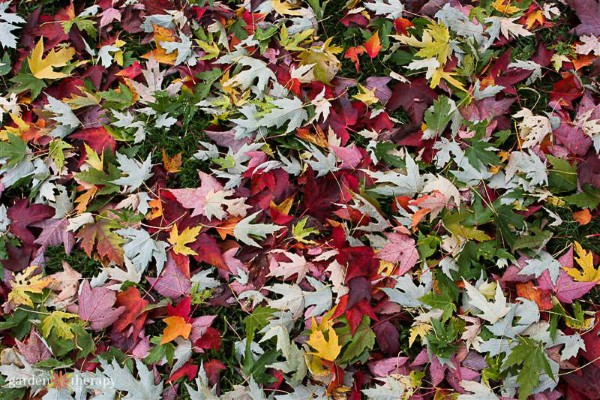
3. Leaves
My garden has many leaves on and in the soil all year long. I leave the leaves as they fall in the fall and in the spring, I top them with compost.
The compost part is not totally necessary. I do it to make the bed look tidy while the leaves are decomposing and amending the soil just below. The key is to skip the fall and spring clean up and feed your garden the way the forest does, by dropping leaves to feed the roots.
Elizabeth says, “Fall leaves provide an unparalleled and free resource for improving and enriching soils. Like compost, leaves won’t replace fertilizers, but they work wonders to improve soil condition and build organic matter. For instance, they help break up and soften heavy clay; at the same time, they increase the fertility and water in porous sandy soils.
Work fresh or composted leaves directly into the soil when preparing gardens. If using fresh, shred first and dig into soils in the fall or spread as a thick fall mulch. For composted leaf mold, throw the leaves in a pile, a plastic bag, or a garbage can. Then, forget about them for a few months. They make an awful smell, but turn into a garden delicacy that you can add to soils a few weeks before planting.”
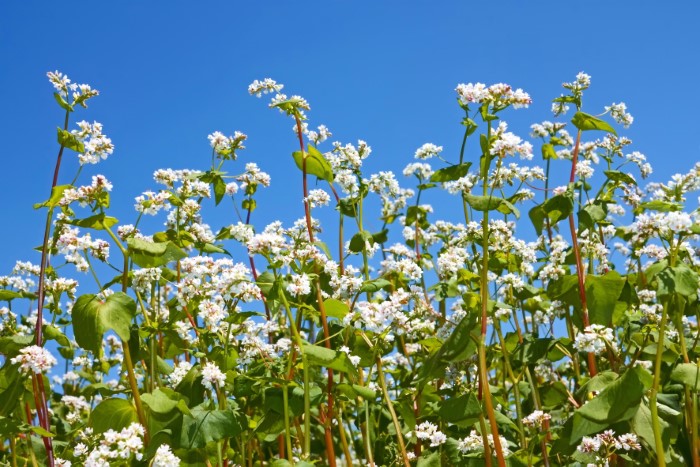
4. Green Manures
Elizabeth is my hero when it comes to green manures, which are plants you grow in your soil over a season before tilling them into the soil as a green amendment! “Green manures convert sunlight and, in the case of legumes, nitrogen from the atmosphere into organic matter and nutrients. Green manure roots also break up hard soils, without disturbing microbes. Except for the cost of some seed, they are absolutely free.”
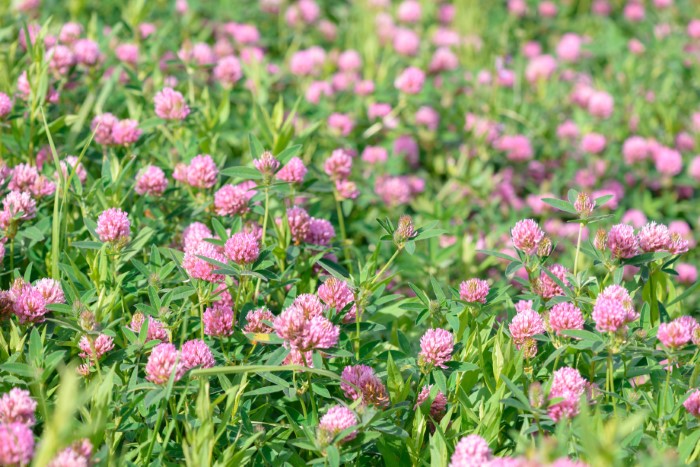
Elizabeth suggests using green manures whenever you have a gap between planting times or garden rows. Depending on your region, there are many fall or spring varieties.
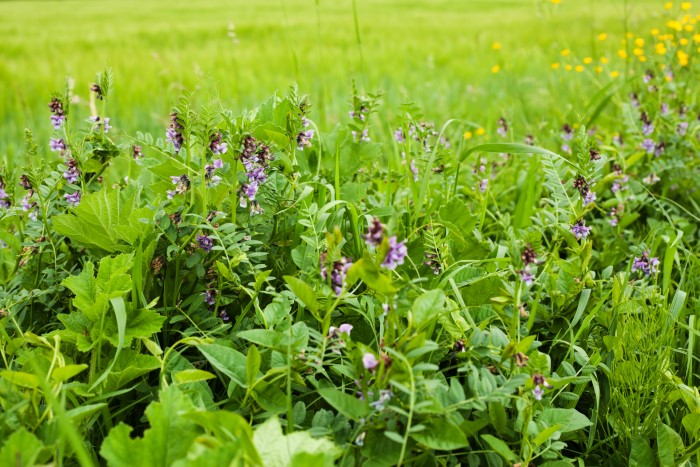
“I use fast-growing buckwheat to build organic matter in the summer. In the fall, I like a combination of daikon radish or ryegrass to soften soils and red clover and vetch to add nitrogen. Turn green manures under to feed soil a few weeks before planting.”
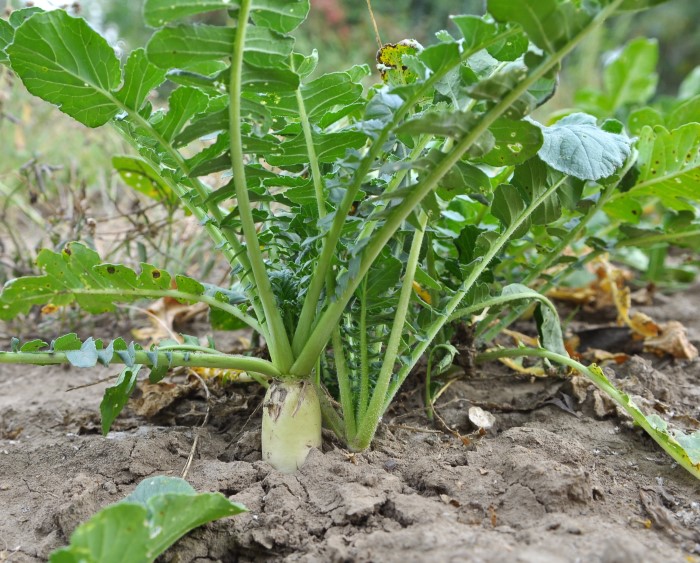
5. Other Green Amendments
Now this category is my favourite! This section is about adding organic material in my garden: How to add fallen and collected plant material to the garden through chop and drop composting and spot composting.
Here is what that looks like:
When I mow my lawn, I try to let the flowers go to seed. Then, I mow the seeds and flowers right into the turf. I leave the clipping where they lie. Within a day they have settled below the growing blades, feeding the roots with nitrogen, while the seeds replant themselves. I have the lushest, dense lawn you have ever seen!
When I’m working on my ornamental, herb, flower, and vegetable beds, I leave all of the healthy clippings on the soil between the plants. Chop and drop permaculture gardens are a sight to see! The spongy decaying carpet of plant material is both mulch and food for the thriving plants. Which, much like the forest, grows naturally.
In spot composting, you dig holes around the garden and add in green materials, allowing them to break down over time. Dig spots in between plant roots to make the nutrients available to the plants without disrupting the toots.
The key thing here is to only add healthy plant material and remove that which is disease or pest-infested. Also, avoid adding invasive plants and weed seeds unless you want to grow a whole bunch more of them!
In some cases, you could move plants to locations where they will not naturalize; for instance, mulching the perennial beds with debris from the rain or water gardens.
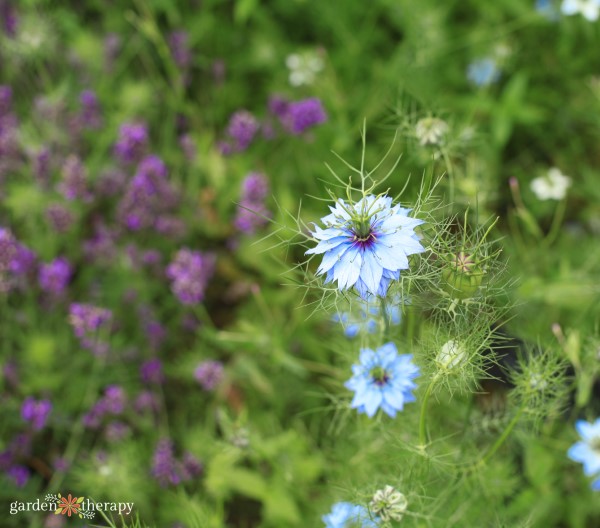
Soil Amendments: Final Thoughts
This quick and dirty guide gives a few of the soil food options that will work on almost any block or backyard. But don’t stop here!
Let your imagination discover the wealth of resources in your own community. For a more detailed soil food guide, check out Building Soil or Elizabeth’s website, Dirt Secrets.
Whatever and however you choose to use amendments, feed soil regularly and often to grow gardens that keep getting greener over the seasons.
More Great Organic Soil Amendment Articles to Dig into
- The Best Potting Soil for Plants: 6 Peat-Free DIY Soil Recipes
- How to Do a Soil pH Test at Home
- Make Compost Tea With This DIY Home Brewer
- A Compost Recipe to Demystify Composting
- Worm Plunger: a Brilliant Solution for Small Garden Composting
- Oh, Rats! How to Solve Compost Bin Pest Problems for Good
- How To Start A Garden from Scratch Without Breaking the Bank
- Growing GREEN: The Essential Organic Lawn Care Guide

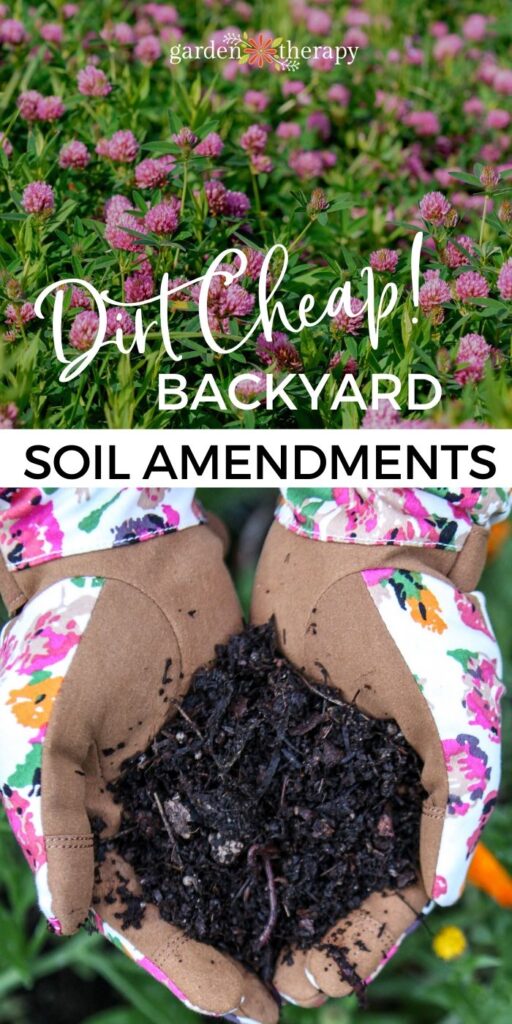



I grow sunflowers in my garden evey year. What can i do to build the soil back up. I know they deplete the soil.
Hi Sharon, why not try some of the ideas listed here? Adding compost, manure, leaves, and green manure?
I have read sun flowers themselves are great to add to your compost pile.
I tried annual rye for green manure and it was an utter disaster. I have drip irrigation, and had to use a hand trowel to turn it over, it took several months an hour a day, and it’s still trying to grow. Down in Texas if you’ve drip irrigation-DON’T DO THIS. & Even when turning over it turned to sod, and spent hours trying to separate the clods…bad bad bad idea here.
How about egg shells. Will they help the soil?
Great little article…as a new garder/farmer, I read everything I can find about soil/compost. There’s so much I didn’t know! Thanks for the info!